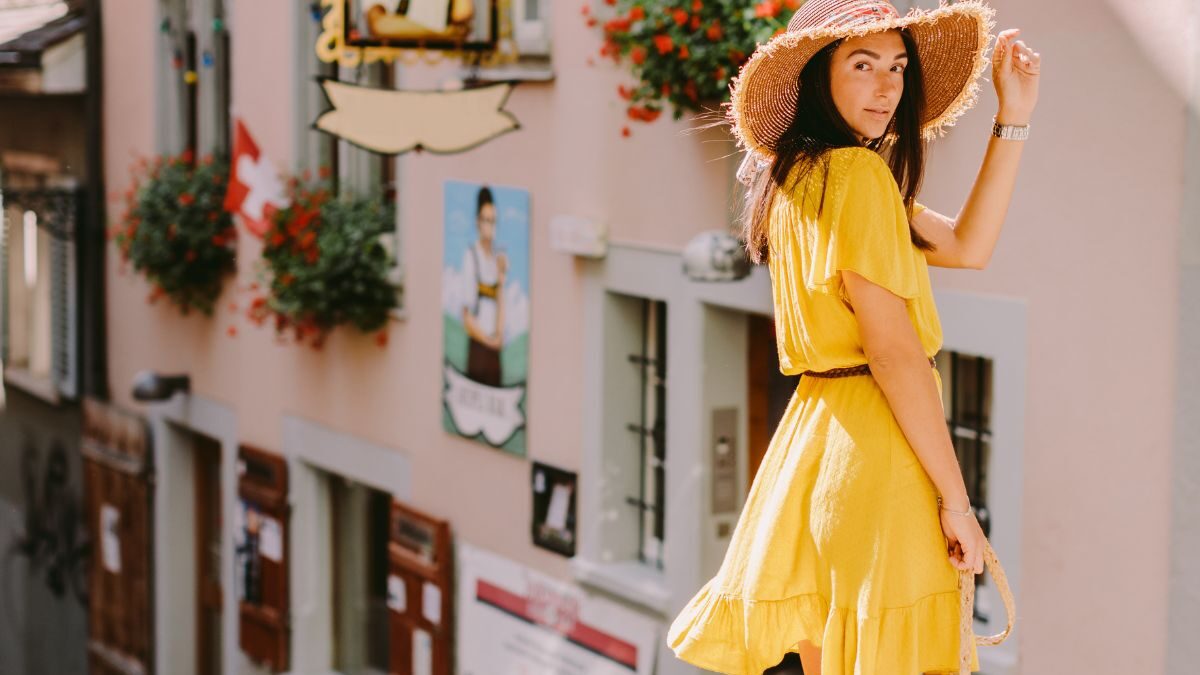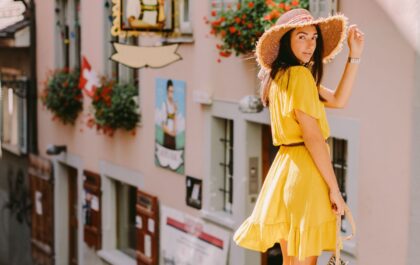In an era where travel is often documented as much as it is experienced, capturing the perfect travel photo is more than just a matter of pointing and shooting. Whether you’re exploring ancient temples in Thailand or sipping espresso in a Roman piazza, how you pose in front of the camera can make the difference between a stiff snapshot and a timeless memory.
Fortunately, you don’t need to be a model—or travel with one—to look comfortable and confident on camera. These practical tips will help you pose naturally, highlight the environment around you, and tell a better story through your travel photos.
1. Move, Don’t Pose
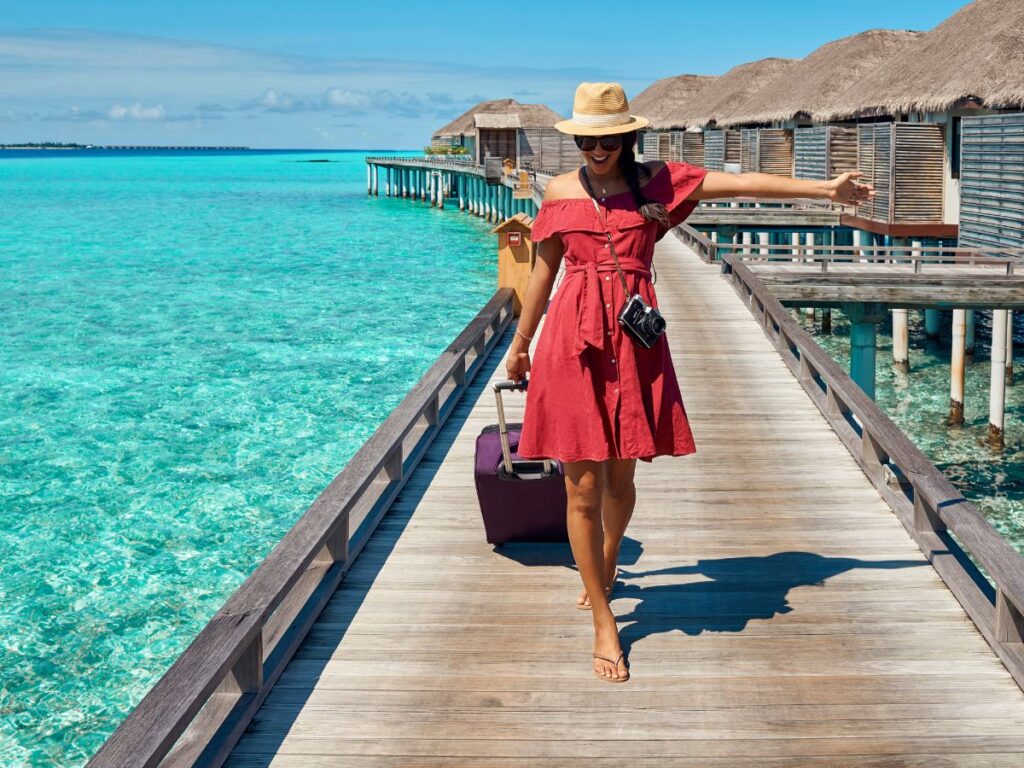
Stillness often leads to stiffness. The most compelling travel photos happen in motion. Walk toward the camera, adjust your backpack, sip your coffee, turn your head mid-laugh. These small movements help your body relax and make the image feel spontaneous, not staged.
Try this:
Walk slowly across the frame, looking off to the side.
Toss your scarf or hat slightly for movement.
Lean on a wall or railing to add texture and grounding.
2. Interact With Your Surroundings
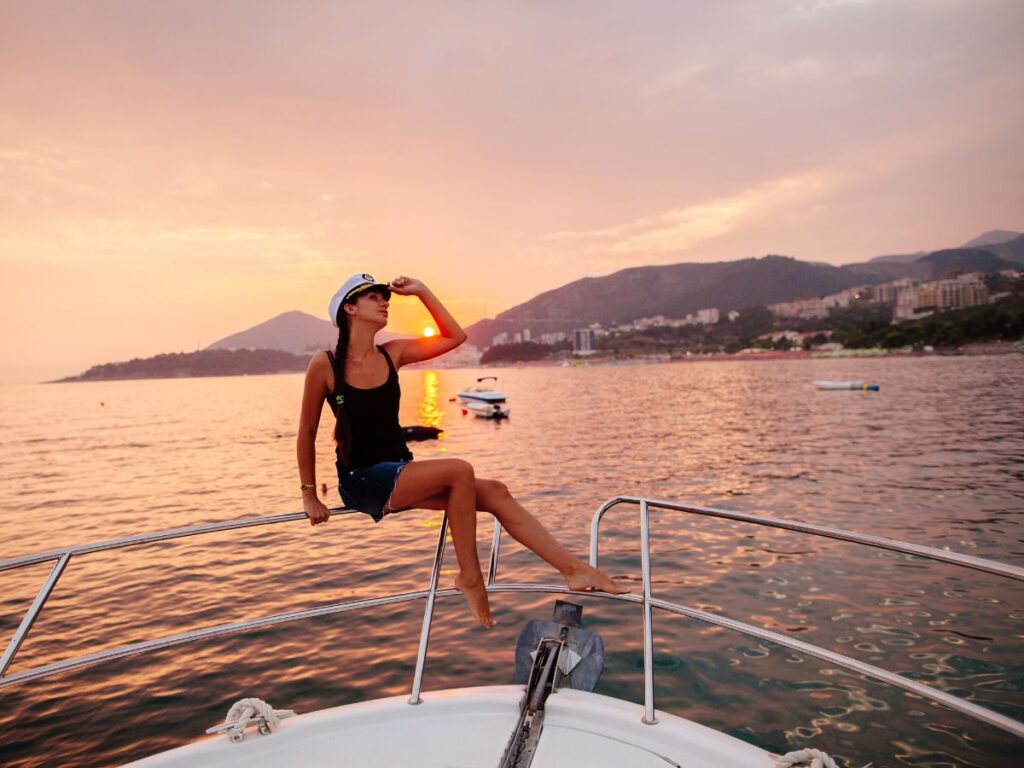
The destination is the star—let it shine. Touch the stone wall, admire the view, look into the distance. These gestures connect you to the place, turning your presence into part of the story rather than a distraction from it.
Try this:
Sit on a ledge, facing away from the camera toward the landscape.
Run your fingers along a market stall or pick up a local treat.
Use steps, windows, doors, or archways to frame yourself.
3. Mind Your Posture—But Don’t Overthink It
Good posture doesn’t mean rigid. Think relaxed, yet elongated. Keep your shoulders down, spine gently straight, and avoid slouching unless you’re intentionally going for a candid “resting” pose.
Pro tip:
Angle your body about 45 degrees from the camera for a flattering line.
If standing, shift your weight to one leg to avoid looking too “posed.”
For sitting, avoid flat backs—lean slightly forward with intention.
4. Play With Perspective

Too often, travelers stand dead center in a photo, which can flatten both the subject and the scene. Instead, think about scale and composition. Use wide shots to highlight landscapes, close crops to capture emotion, and leading lines (like roads, bridges, or railings) to draw the eye.
Try this:
Let the camera shoot from lower ground for a more majestic frame.
Stand off-center to use the rule of thirds.
Use mirrors, puddles, or windows for reflections.
5. Use Props—Subtly

Sunglasses, hats, bikes, tote bags, or even gelato—props give your hands something to do and often help tell the story of where you are. Just avoid making them the focal point unless that’s the intention.
Tip:
A travel journal in hand? Flip through it.
Holding a drink? Mid-sip looks better than raising it like a trophy.
6. Face the Light—Or Work With It
Natural light is your best friend. Early mornings and golden hours (just before sunset) offer soft, flattering light. If the sun is harsh, turn your back to it for a dreamy glow around your hair and shoulders.
Avoid:
Squinting into direct sunlight.
Being underexposed against bright backgrounds.
7. Show Emotion, Not Perfection
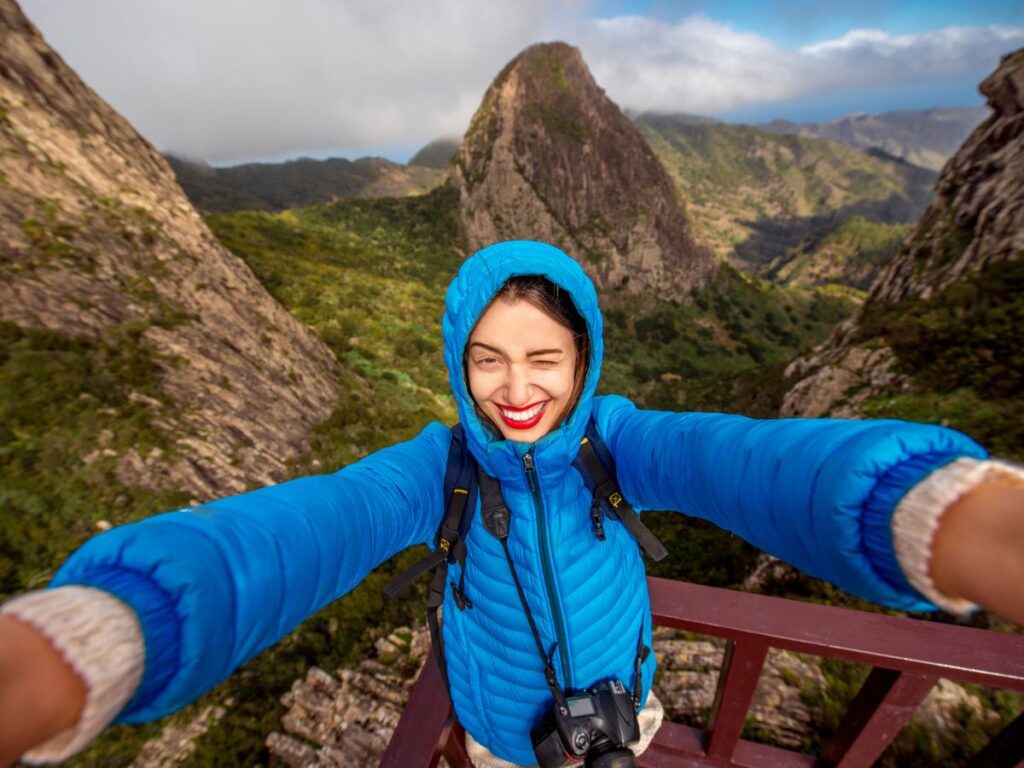
A small laugh, a look of awe, or even a peaceful moment with your eyes closed—these tell the story of how the place made you feel. Don’t just try to look pretty. Try to look present.
Final Thought
The best travel photos aren’t just about how you look—they’re about what you feel. Let the environment guide your body language. Focus less on striking a perfect pose and more on inhabiting the moment. The more connected you are to the place, the more magnetic the photo will be.
Your pose doesn’t need to scream, “Look at me.” It just needs to say, “I was here—and this mattered.”



